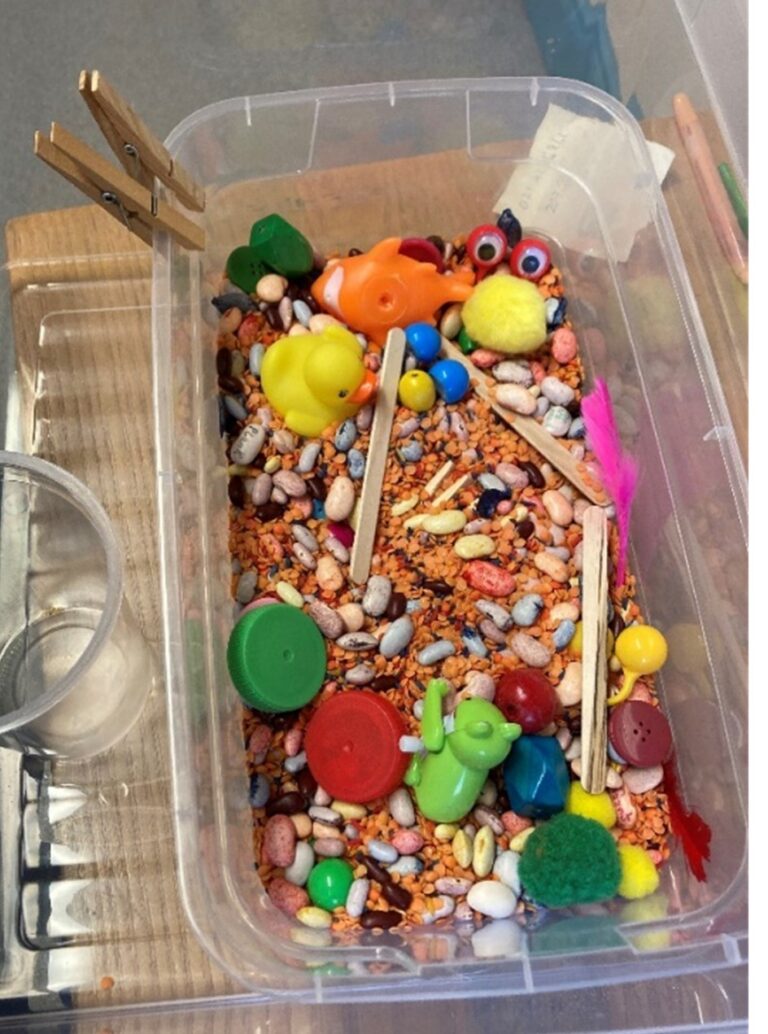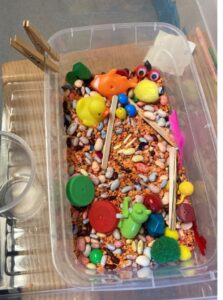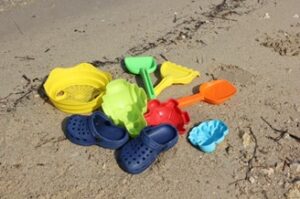Sensory Boxes
Karyn O’Brien, Sensational Kids,School-based Occupational Therapist
Sensory boxes are a great way to develop some of the basic skills we need for everyday life. At birth, most of us are born with a basic set of reflexes that help us to survive. As we grow and develop, we build different skills that allow us to explore our environments and learn.
Children develop most of their skills through exploring and playing. Tasting, smelling, touching, listening, watching, copying, throwing, crawling and climbing are just some of the ways we explore the world around us. Sensory boxes can support learning through experimenting with different sensations and activities.
What can you put in a sensory box?
Anything that is not sharp, dangerous or toxic. It is always advised that you do not leave a child playing alone with a sensory box to reduce the risk of choking or injury. Be aware of the age and ability of the children who will be using the sensory box when you choose ingredients.
Dry ingredient ideas:
Rice, quinoa, dried beans, dried lentils, pasta, sand, flour, paper, cotton wool, wool, stones, leaves, feathers
Wet ingredient ideas:
Water, jelly, shaving foam, bubble mix, earth (mud)
Food texture ideas:
Crunchy, chewy, soft, salty, sweet, smelly, warm, cold, runny/ watery, thick. Try custard, yoghurt, smoothies, milkshake, ice cream, popcorn, cheese strings, beef jerky, fruit, etc.
Making a food sensory box can be a great way for children to explore food without the pressure of having to eat it. This can make them more open to eating new foods at mealtimes.
Toys/tools
Scoops, empty yoghurt pots, little watering cans, beach set tools, tweezers, household sponges, paint brushes, toy cars, boats, balls, shapes, puzzle pieces and other things to find
Games ideas for sensory boxes
- Find hidden items in the box (treasure hunt).
- Use a tweezers to take the items out and put in a cup
- Find items by feel, no peeping (place a small towel over the box)
- Identify specific items by feel only
- Match items without looking
- Use your feet to find items
- These are a few examples of games you can play.
- Try to come up with some games of your own too!
.





